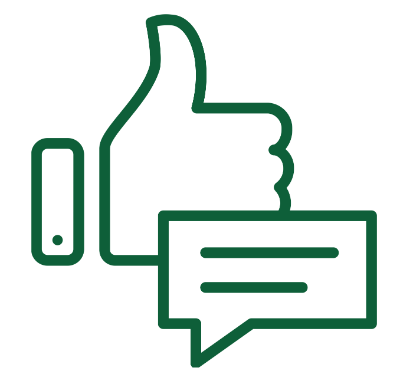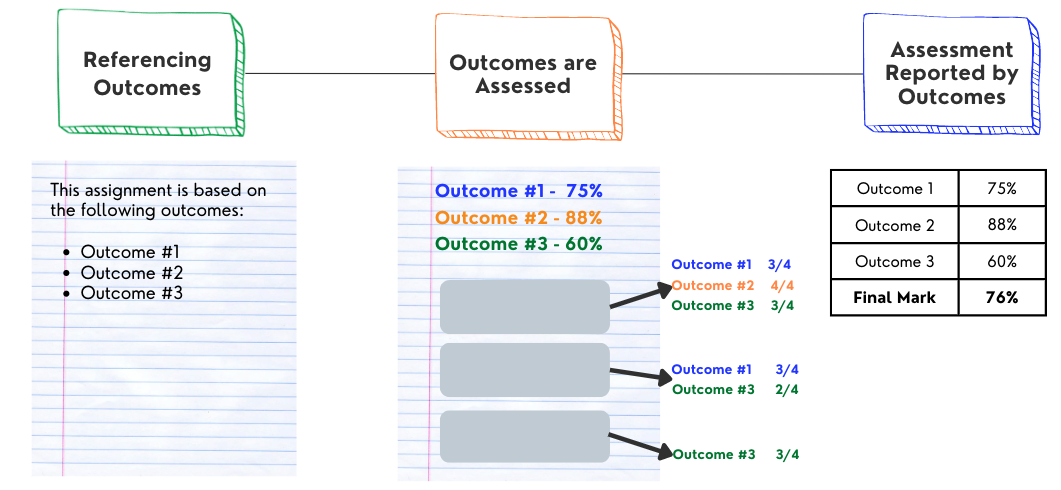The Wikipedia Manifesto
By John Kleefeld
This post has been updated to correct some initial errors.
 A spectre is haunting academia—the spectre of Wikipedia. And while there was a time when all the old powers would have entered into an alliance to exorcise this spectre, a worldwide community of educators is now taking a radically different approach: they’re assigning students the task of editing and writing Wikipedia’s sprawling content, and giving them academic credit for doing so. In the process, they’re turning students from indiscriminate knowledge consumers to savvy knowledge creators. At the same time, they’re building an open-access and up-to-date storehouse of knowledge that, in certain areas, already rivals traditional reference works. As Clay Shirky explains, this is all part of an interconnected movement—from wikis to open textbooks to interactive mapping applications like Ushahidi—in which technology has made possible methods of collaboration that never existed before.
A spectre is haunting academia—the spectre of Wikipedia. And while there was a time when all the old powers would have entered into an alliance to exorcise this spectre, a worldwide community of educators is now taking a radically different approach: they’re assigning students the task of editing and writing Wikipedia’s sprawling content, and giving them academic credit for doing so. In the process, they’re turning students from indiscriminate knowledge consumers to savvy knowledge creators. At the same time, they’re building an open-access and up-to-date storehouse of knowledge that, in certain areas, already rivals traditional reference works. As Clay Shirky explains, this is all part of an interconnected movement—from wikis to open textbooks to interactive mapping applications like Ushahidi—in which technology has made possible methods of collaboration that never existed before.
How did this start? For some instructors, it came from a place of despair. So it was for Sivan Lerer, who teaches an introductory course on the Bahá’í Faith at Hebrew Jerusalem University. In an interview published in December 2016, Lerer explains:
I’ve told my students, for many years, that despite its many advantages (it’s accessible and in Hebrew), Wikipedia’s not an academic source . . . I told them they can use Wikipedia in the beginning but afterwards they have to go to the Encyclopedia of Islam, or The Encyclopedia of Religions. But all my admonitions were in vain. They used only Wikipedia as their source.
Lerer also wasn’t happy with the quality of writing in her students’ exams, finding that in many of their answers, they would just “regurgitate” her lectures. Sound familiar? That’s when she learned about the education program of Wikimedia Israel, whose goals are to cultivate deeper student learning and improve the access to, and quality of, Wikipedia’s resources. With the help of education coordinator Shai Katz and Darya Kantor, an active “Wikimedian,” Lerer redesigned her course to incorporate Wikipedia assignments, from revising existing articles to adding new material, such as a Canadian student’s article on the Bahá’í community in Canada. Altogether, 18 students created or improved 17 articles in Hebrew Wikipedia, with Lerer concluding that it was a positive experience for the students, and that “[i]nstead of memorizing, they really learned.”
Students have now contributed to Wikipedia as part of their course work in agriculture and life sciences, chemistry, community history, geobiology, linguistics, mineralogy, psychology, public policy, and a host of other fields. In March 2016, Wiki Edu’s Eryk Salvaggio, who writes a blog for the Wiki Education Foundation set out five reasons why you might consider assigning such a project instead of a term paper. It’s not hard to do, but before getting into the nuts and bolts of it, we’ll look at some examples of what others are doing. In particular, I want to tell you about some medicine professors who, with their students’ help, are now editing Wikipedia to make high-quality medical knowledge freely available around the world.
John Kleefeld is an associate professor at the College of Law and a 2017 teaching fellow at the Gwenna Moss Centre for Teaching Effectiveness, where he is coordinating a campus-wide project on integrating Wikipedia assignments into course materials. Portions of this blog series are from an article that he and a former student wrote about using a Wikipedia assignment for class credit. See J. Kleefeld and K. Rattray, 2016. “Write a Wikipedia Article for Law School Credit—Really?” Journal of Legal Education, 65:3, 597-621.


